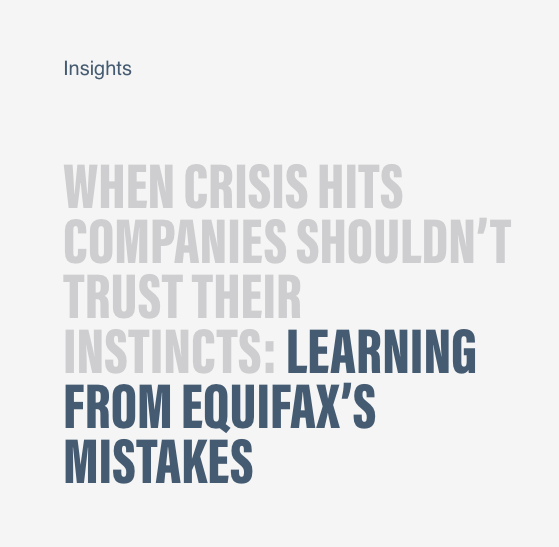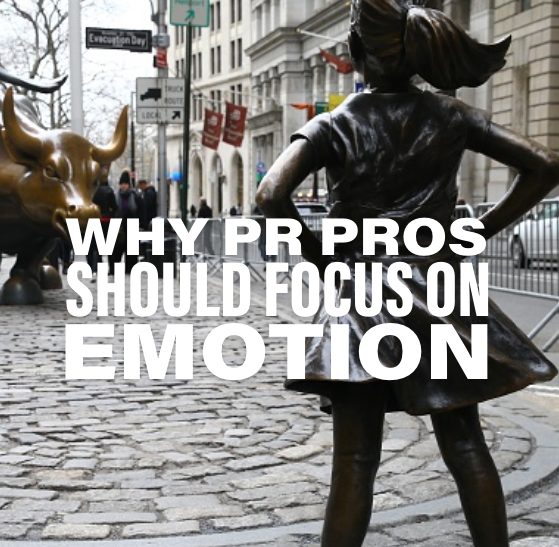The language of DEI is failing
If diversity advocates want to be more successful, they should change their language.
In December of last year, the Congressional Black Caucus called on companies to show their progress on diversity, equity, and inclusion (DEI) initiatives. This was in part a response to pressure from conservative groups using lawsuits to demand companies dismantle their DEI efforts after the Supreme Court struck down affirmative action in college admission.
Companies are caught in the middle. Many have already amended the language of their programs in an attempt to avoid litigation. But the wrong language on DEI isn’t just creating a risk of litigation. Our research shows that in many areas, the language of DEI is part of the problem. If companies want to build more diverse and inclusive workplaces, they need to look at how their language and messaging is being interpreted inside their organizations.
Diversity itself is not nearly as controversial as the current debate suggests. Our research shows that 70% of Americans would be happy to do business with a company that “commits to serving the needs of a diverse population” other data from the Black Economic Alliance (BEA) Foundation shows that 78% of Americans support “companies taking active steps to make sure they reflect the diversity of the American population.”
Despite this support, most companies are not achieving the goals they have set out to achieve. One reason is that success in these efforts often depends on how effectively companies engage the skeptics, not just the advocates. And on that front, the language of DEI is failing.
If companies want to be inclusive, they need language that is inclusive. Today’s DEI is confusing and ineffective, at best, and polarizing and antagonizing, at worst.
If they can’t understand you, it’s your fault. This is a simple point but not a small one. DEI is rarely explained or even written out to say diversity, equity, and inclusion. At different companies, there are different acronyms. Do you know JEDI, DEIB, D&I, DIB? All cover similar goals, but few are understood. DEI efforts have been around for more than a decade at many companies. But in our research, 62% of the population still has never heard the term “DEI”. While half (48%) of college graduates have heard the term, only 31% of non-college graduates have. In large companies where these efforts are most prominent, chances are good that everyone in corporate headquarters is very familiar with the term, but most of the employees who work in the field are not. These acronyms do nothing to explain the concept. And they are extremely easy to demonize. That may help explain why only 19% of the population has a favorable opinion or these programs while 13% has an unfavorable opinion.
IYKYK. There’s a paradox at the heart of DEI efforts. These programs are littered with their own jargon that most people don’t understand or appreciate. This is not uncommon when specialized teams create jargon to articulate complex ideas and foster a sense of belonging among those who understand it. But much like an inside joke that makes you feel excluded if you aren’t in on it, this language acts as a barrier, creating “in-groups” and “out-groups.” This isn’t being inclusive. It’s what you do when you want to form an elite club. For many conservatives in America, DEI efforts create more of a barrier than an invitation.
Change management should be easy. DEI often makes it hard. Building a diverse and inclusive team is fundamentally about change management. One of the most important rules of change management, and persuasion in general, is that you must make it easy. When it comes to DEI, many practitioners use language that suggests it can only work if it is hard. Even if they are true, messages like “you must put in the work” or “you cannot overcome your bias” make change harder not easier. Inside large organizations, it is often difficult to get important yet easy things done. And it is difficult to maintain support for initiatives that feel unachievable. To build more momentum for diversity efforts, companies should be looking for ways to make success – even if partial — easier.
Building a diverse and inclusive team is important work. To be successful, these efforts need to draw people in rather than keep them away. The language of DEI has been effective in engaging people already inclined to support these efforts. In large organizations, this is not enough. To succeed, the language of DEI must engage the skeptics as well. To do that, it’s time to use language that makes the need for, and benefits of, diversity easy to understand, easy to believe, easy to agree with, and easy to support.
Michael Maslansky is CEO of maslansky + partners, a language strategy firm, and author of The Language of Trust: Selling Ideas in a World of Skeptics.








